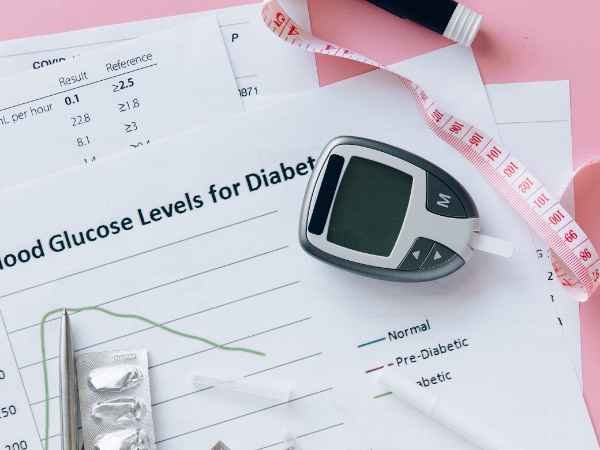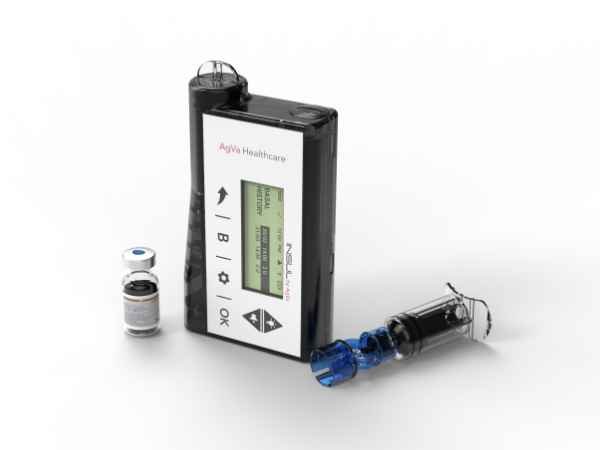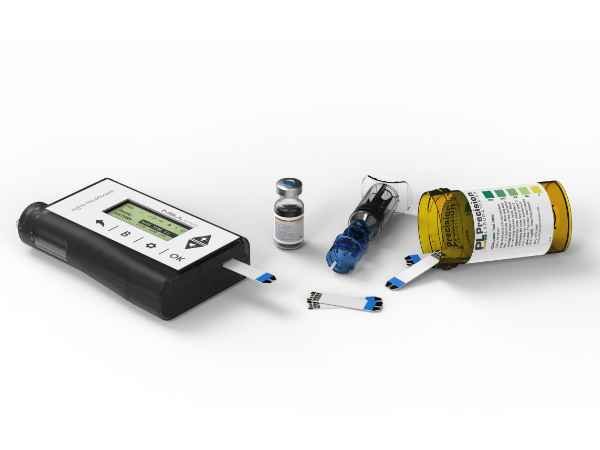If you are wondering How to control Diabetes you have come to the right place. Diabetes is a disease where blood sugar levels become abnormally high. In some cases, people have no symptoms at all. However, if left untreated, diabetes can lead to serious complications including heart attacks, strokes, blindness, kidney failure, amputations, nerve damage, and even death. There are many different types of diabetes, each requiring its treatment plan. Type 1 diabetes occurs when the pancreas stops producing insulin. People who suffer from type 2 diabetes may not produce enough insulin or their bodies do not use insulin properly.

There are several ways to naturally treat diabetes without medication. These methods involve eating certain foods and taking supplements. One way to naturally treat diabetes is to eat foods rich in fiber. Fiber helps slow down digestion and prevents food from being absorbed into the bloodstream. Foods containing fiber include whole grains, fruits, vegetables, nuts, seeds, beans, legumes, and oats. Another natural method to treat diabetes is to take probiotics. Probiotic bacteria help regulate the immune system and prevent inflammation. Foods rich in probiotics include yogurt, kefir, sauerkraut, kimchi, tempeh, miso soup, and pickles. A third way to naturally treat diabetes involves using herbs and spices. Herbs and spices like cinnamon, ginger, turmeric, garlic, onions, cayenne pepper, rosemary, sage, basil, oregano, thyme, bay leaf, parsley, chives, and marjoram can help lower blood sugar levels. Get to know how to control diabetes with Diet, Medications, and therapies!
- Medication: Medications are drugs prescribed to treat medical conditions. There are two types of medications: prescription and nonprescription. Prescription medications require a doctor’s approval before taking them. Nonprescription medications don’t need a doctor’s approval. Both types of medications can help control blood sugar levels.
- Diet: A person with diabetes should eat a balanced diet that includes foods rich in fiber, protein, and complex carbohydrates. A healthy meal plan should provide about 50% carbohydrate, 30% protein, and 20% fat. Eating smaller meals throughout the day rather than three big ones can help keep blood sugar levels steady. Foods that are good choices for people with diabetes include whole grains, fruits, vegetables, beans, nuts, seeds, lean meats, fish, poultry, eggs, milk products, low-fat dairy products, and yogurt.
- Exercise: Exercise is recommended for anyone with diabetes. Regular exercise can lower blood pressure, improve cholesterol levels, reduce weight, and increase muscle mass. However, if a person has type 1 diabetes, he or she should avoid intense physical activity until his or her blood sugar level returns to normal after eating.
- Monitoring blood sugar levels: Blood sugar levels should be checked regularly to determine whether the treatment is working well. Blood sugar levels should be tested several times each day. Testing should occur before breakfast, lunch, dinner, and bedtime. If possible, do the testing before consuming the food.
- Complications: Diabetes complications include heart disease, stroke, kidney failure, blindness, nerve damage, amputations, and death. People with diabetes are twice as likely to develop cardiovascular disease as those without the condition. Stroke rates among diabetics are two to four times higher than those without diabetes. Kidney problems occur in about 20% of patients with type 2 diabetes, while 5% of patients with type 1 diabetes eventually require dialysis. Blindness affects about 15% of adults with diabetes. Nerve damage occurs in 30% of patients with type I diabetes, and 50% of patients with type II diabetes. Amputation rates are three times greater among diabetics than non-diabetic individuals.
How To control diabetes Diabetes At Home?

- Eat right: Diabetes is a disease where the body does not produce enough insulin, resulting in high levels of sugar in the blood. Insulin is a hormone produced by the pancreas that helps move glucose (a simple carbohydrate) from the bloodstream into cells, where they are either burned off as fuel or stored as fat. When the pancreas doesn’t make enough insulin, sugar builds up in the blood instead of being absorbed into cells. Over time, this causes damage to many organs including the heart, eyes, kidneys, nerves, and feet. Diabetes affects about 1% of adults over age 20 worldwide.
- Exercise: Exercise is a great way to help manage diabetes. Regular exercise reduces the risk of developing complications associated with diabetes. In addition, regular physical activity increases muscle mass and bone density, helping to protect bones and joints from injury. Physical activity also lowers blood pressure, cholesterol, and triglycerides, reducing the risk of cardiovascular problems.
- Lifestyle changes: Lifestyle changes may help prevent or delay the onset of diabetes. These lifestyle changes include eating a balanced diet, getting at least 30 minutes of daily moderate-intensity physical activity, maintaining a normal weight, stopping smoking, limiting alcohol consumption, and managing stress.
- Medications: Medication options for treating diabetes include oral medications, injected insulins, and implanted pumps. Oral medications work by slowing down the release of sugar from foods into the blood after meals. Insulin injections provide continuous coverage throughout the day. Pumps deliver medication continuously under the skin. All three types of medications have their advantages and disadvantages. Talk to your doctor about what’s best for you.
Treating Diabetes With Insulin Pump
Insulin pump therapy (IPT) is a treatment option for people who have type 1 diabetes mellitus (DM). IPT involves using insulin pumps to deliver insulin directly into the body via small tubes inserted under the skin. These devices allow patients to administer their doses of insulin at any time without having to test blood sugar levels.
The use of insulin pumps was first introduced in the 1980s, and since then they have become increasingly popular among diabetics. In fact, according to the American Diabetes Association, about half of all people with DM use some kind of insulin pump. However, despite its popularity, many people still don’t know much about how these devices work. So, what exactly do they do? And how effective are they? Let’s find out!
What Is An Insulin Pump?
An insulin pump is a device that delivers insulin into the bloodstream. It consists of two parts: a reservoir and a catheter. The reservoir holds the liquid insulin, while the catheter connects the reservoir to the patient’s body. When the user presses a button on the pump, the insulin flows through the catheter and enters the body.
Benefits Of Using An Insulin Pump

Using an insulin pump offers several advantages over traditional methods of administering insulin. First, it provides continuous control over the amount of insulin being delivered to the body. Second, it helps prevent hypoglycemia, or low blood glucose levels. Third, it reduces the risk of developing diabetic complications, such as nerve damage, kidney disease, heart disease, and blindness. Finally, it makes it easier for people with DM to manage their condition.
However, not everyone should consider using an insulin pump. People with severe allergies to certain materials may experience allergic reactions if they come into contact with the components of the pump. Also, those who have had surgery near the area where the catheter is placed may need to avoid wearing the pump for a few weeks after the procedure.
In addition, some insurance companies may refuse to cover the cost of insulin pumps.
How to Control Diabetes With Insulin Pumps?

- Insul by AgVa: INSUL by Ag VA is one of the most affordable insulin pumps manufactured by Ag VA Healthcare that is a low-priced insulin pump globally. This Insulin pump is curated with cost & simplicity in mind as well. And also it’s easy to work that helps people who have diabetes get insulin easily without any trouble. So let’s see what features the Insul pump is different from other insulin pumps present on the market. Diabetes management apps are becoming increasingly popular these days. They help patients manage their condition better and improve their overall health. Insulin pumps are not only used to measure blood sugar levels but they also provide valuable feedback regarding the food consumed by the patient. With the help of such an app, one can easily monitor his/her diet and keep tabs on calorie consumption. Such apps also allow patients to set personal goals and get instant notifications whenever they reach them. One can also purchase the required equipment through the app itself.
- MiniMed 530G Insulin Pump: The MiniMed 530 G is the smallest of the 3 implantable insulin pumps. It consists of a tiny battery-powered computer that contains the electronics necessary to operate the pump. The computer communicates wirelessly with a transmitter placed on the patient’s belt. The transmitter sends information about the patient’s blood sugar level to the computer. Once the computer determines the appropriate dose, it sends a signal to the transmitter, which relays the message to the receiver located in the patient’s abdomen. The receiver sends a wireless signal to the computer, which causes the pump to inject insulin into the body.
- Omnipod Dash Insulate Insulin Pump: The Omnipod DASH Insulate Insulin Pump is a smaller version of the Omnipod dash Insulin Pump. It is designed to fit better under clothing. It also comes with an additional battery pack so that if one battery dies, you can continue to administer your medication without interruption.
How to Control Diabetes At Young Age!
- Control blood sugar level: The first step to controlling diabetes is to keep your blood sugar levels under control. If you have diabetes, then you should know how to manage your diet and exercise routine to help lower your blood sugar levels. You may need to take insulin shots if you do not have enough insulin production.
- Exercise regularly: Exercise helps to burn off excess calories and keeps your body fit. Regular physical activity can reduce the risk of developing type 2 diabetes.
- Eat right: Eating a balanced diet is the best way to maintain good health. A well-balanced diet includes foods rich in fiber, protein, and complex carbohydrates. Foods high in fat and simple carbohydrates increase your chances of getting diabetes.
- Quit smoking: Smoking cigarettes increases your chances of having diabetes. Quitting smoking reduces your chances of developing diabetes.
- Avoid alcohol: Alcohol consumption raises your blood pressure and cholesterol levels. Alcohol also causes dehydration and weight gain. Drinking alcohol can lead to obesity and heart disease.
- Get regular checkups: Regular checkups are necessary to monitor your progress and make sure you’re taking care of yourself properly. Your doctor can tell whether you have diabetes just by looking at your eyes, feet, hands, and urine.
- Take medication: If you have diabetes, you’ll probably need to take medications to control your condition. Medications can cause side effects, though. Talk to your doctor about what’s best for you.
Thank you for sharing this article with me. It helped me a lot and I love it.